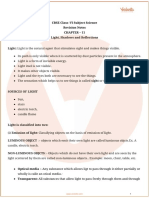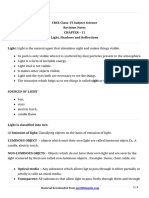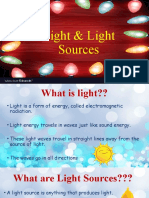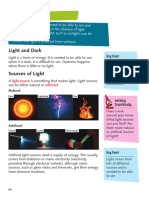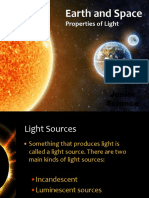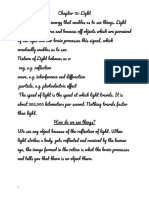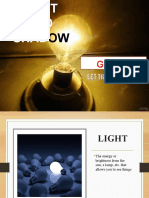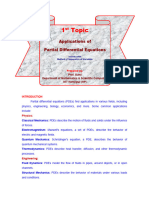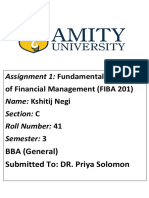0% found this document useful (0 votes)
9 views14 pagesLight, Shadows and Reflections
The document discusses the properties of light, including its sources, types of objects that emit or reflect light, and the formation of shadows. It explains the concepts of eclipses and the reflection of light, highlighting the differences between luminous and non-luminous objects. Additionally, it describes how shadows are formed and their characteristics based on the light source and object type.
Uploaded by
sapandivyankaCopyright
© © All Rights Reserved
We take content rights seriously. If you suspect this is your content, claim it here.
Available Formats
Download as PDF, TXT or read online on Scribd
0% found this document useful (0 votes)
9 views14 pagesLight, Shadows and Reflections
The document discusses the properties of light, including its sources, types of objects that emit or reflect light, and the formation of shadows. It explains the concepts of eclipses and the reflection of light, highlighting the differences between luminous and non-luminous objects. Additionally, it describes how shadows are formed and their characteristics based on the light source and object type.
Uploaded by
sapandivyankaCopyright
© © All Rights Reserved
We take content rights seriously. If you suspect this is your content, claim it here.
Available Formats
Download as PDF, TXT or read online on Scribd
/ 14
